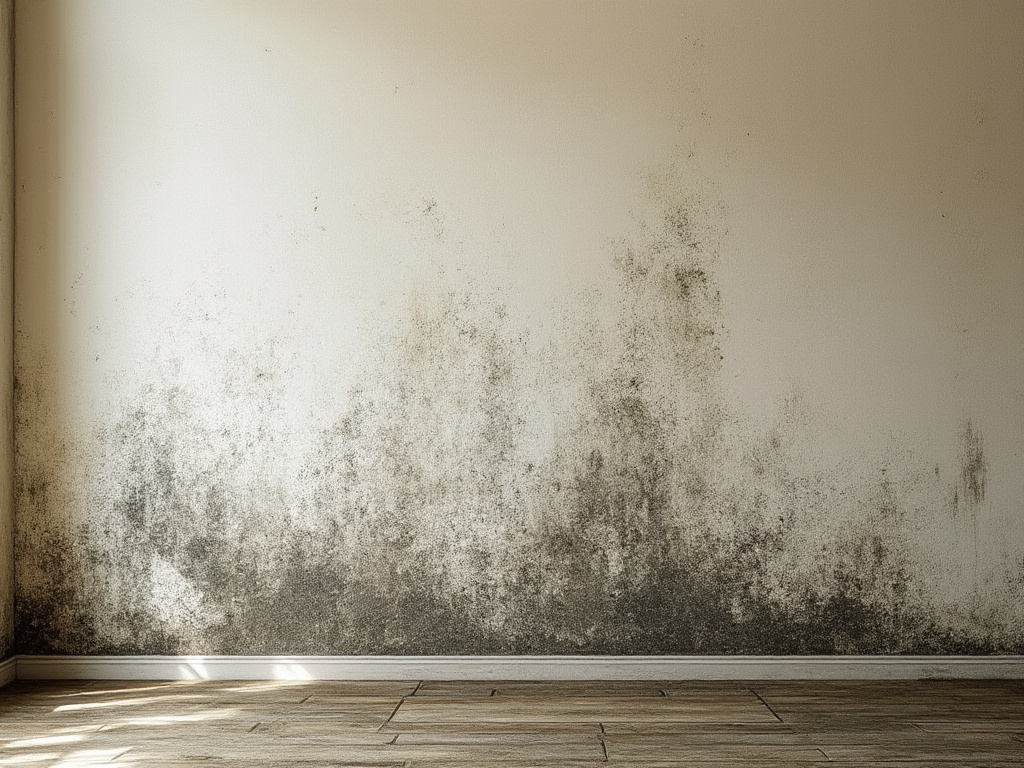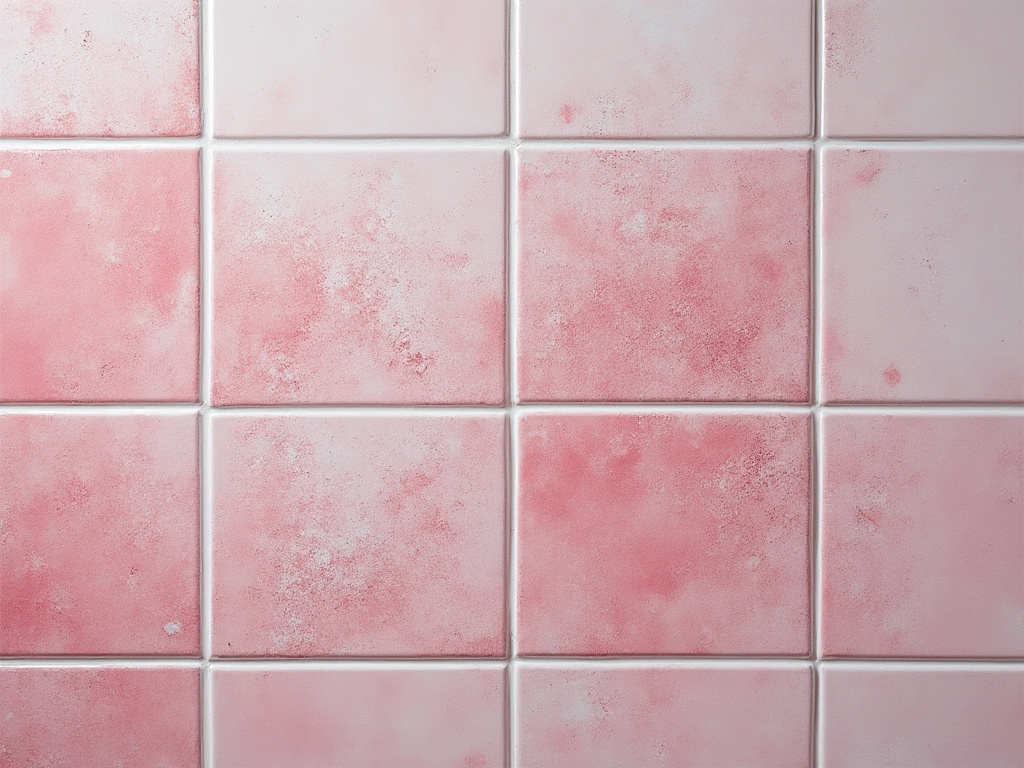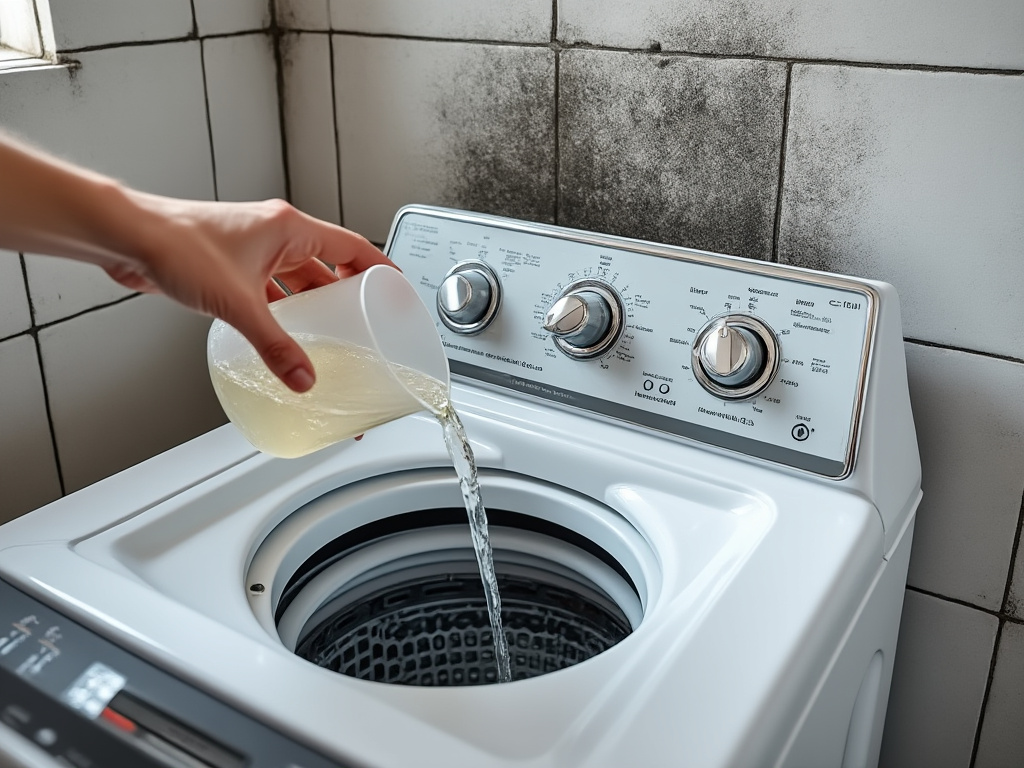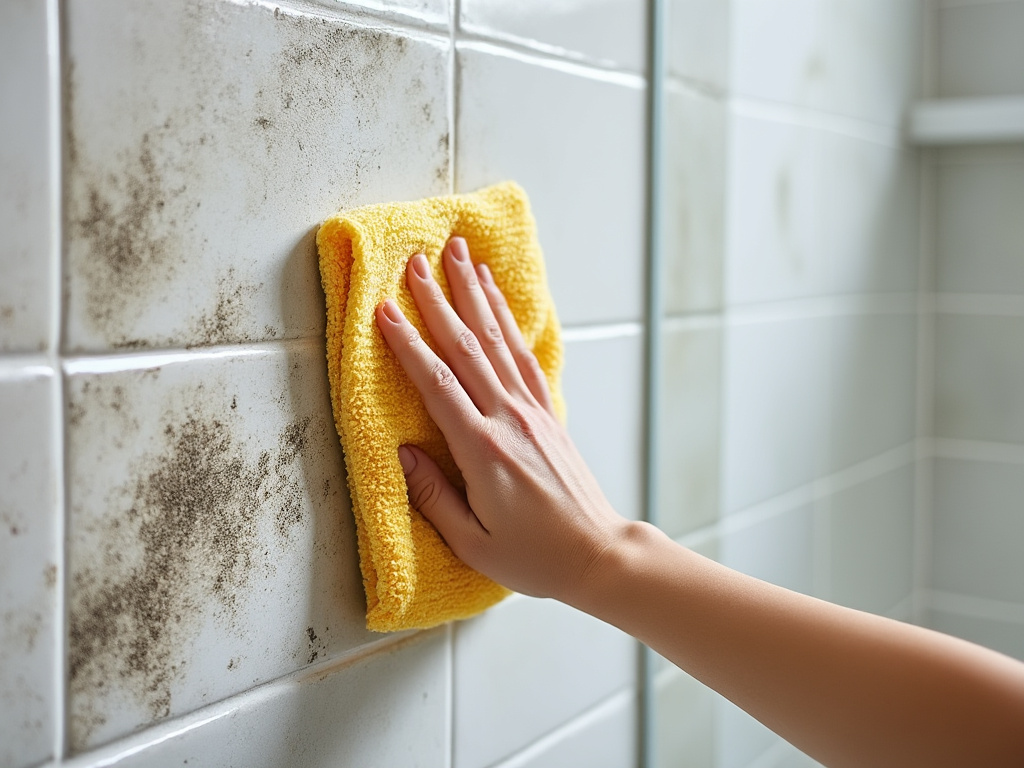There’s no denying that mildew is gross – and it can grow almost anywhere. Worst of all, it carries a dank and disgusting smell with it, and that smell can linger forever if you don’t know what to do to get rid of it for good.
Homeowners, renters, and professional cleaners alike all have to be prepared to deal with mildew. If you want to know how to DIY mildew removal, you’re wondering if you need to hire someone to clean it for you, or you want to start a home cleaning business, keep reading to learn what our pros have to say about banishing mildew from your living space.
What Is Mildew?
A lot of people confuse mold and mildew, and we understand why. Both fall into the fungus family, making them relatives of things like mushrooms and truffles.
Mildew is a specific type of mold that grows in a flat pattern. It often appears as small, black dots and has a powdery feel, although it may also be downy or silvery in appearance. Mildew may appear in different forms:
- White, powdery mildew
- White, downy mildew
- Black mildew (really a mold, we’ll explain below)
- Pink mildew (Rhodotorula)
Pink mildew is actually a red yeast form that most often grows on shower curtains; for the purposes of this article, we’re including some things that aren’t technically mildew but are referred to as mildew.
What Cleaning Products and Supplies Do I Need to Get Rid of Mildew?
Cleaning Products |
Cleaning Supplies |
Ammonia |
Soft bristle brush |
White vinegar |
Spray bottle |
Baking soda |
Protective gloves |
Bleach |
Bucket |
Rubbing alcohol |
Paper towel |
Laundry detergent/dish detergent |
Sponge |
Lemon juice |
|
If you choose, you can also buy a commercial mildew removing product at your local hardware store.
How to Get Rid of Mildew in the Shower
Mildew thrives in damp environments, which means your shower and bathtub, plus other areas of your bathroom, may be susceptible to mildew growth. Here’s how to get rid of it.
Step 1: Put 1-2 cups of white vinegar into a spray bottle. If you want to mask the smell of vinegar, add a few drops of your favorite essential oil. (As an alternative, you may use a solution of bleach and water or a commercial mildew cleaning product)
Step 2: Spray the vinegar on any tile or porcelain areas that have mold including the tub and shower walls. Allow it to sit for a minimum of 30 minutes.
Step 3: Rinse the sprayed area completely with warm water.
Step 4: Wipe and dry all treated areas with either paper towel or a clean sponge.
Step 5: If you still see mildew on your grout, mix hydrogen peroxide and baking soda to make a paste, apply to the grout, let it sit for at least 10 minutes, then scrub with a soft bristle brush to remove mildew.
How to Get Rid of Mildew on Walls
Getting rid of mildew on walls requires a different method than the one used in the shower.
Step 1: Mix a solution of 1 part dish soap, 10 parts bleach, and 20 parts water.
Step 2: With a spray bottle, apply the solution to a small, hidden area of the wall and let it sit for at least 10 minutes to make sure the bleach doesn’t discolor the paint, especially important if you’ve got dark paint.
Step 3: Spray the infected area, starting at the bottom. This method is best because it means you won’t be spreading mildew spores to other areas of your wall.
Step 4: Do not wipe the solution; instead, allow it to air dry.
Step 5: Still see mildew stains? Now’s the time to get out a sponge or soft bristled brush, spot apply more cleaning solution, and scrub to remove mildew.
Watch the video below to see the process to remove mildew from walls and ceilings in your home.
How to Get Rid of Mildew Smell
Mildew usually gives off a musty smell that can be really unpleasant. Here are some of the places where mildew smell can linger and upset you and your guests.
- Carpets and area rugs
- Basements and crawl spaces
- Bathrooms
- Washing machines and dryers
Fortunately, there are some things you can do to remove that smell. One easy answer is to fill a spray bottle with plain, white vinegar, spray it on the affected area, and allow it to air dry. Vinegar is acidic and can do a lot to get rid of that smell.
You can also use things like activated charcoal, which will absorb the smell, or baking soda. For example, getting rid of a mildew smell in a carpet may require sprinkling the carpet with baking soda, allowing it to sit and absorb the odor, then vacuuming the baking soda and taking the stink with it..
How to Get Rid of Mildew Smell in Clothes
If your clothes have a mildew-y smell, you’ll need to re-wash them. It’s easy for clothes to acquire a mildew stink if they’re left to sit in the washing machine.
You’ll want to start by getting rid of the mildew smell in your washing machine (see below), and then rewash your clothes, adding a cup of white vinegar to the wash cycle. The vinegar will remove the smell and ensure your clothes come out smelling fresh as a daisy.
How to Get Rid of Mildew Smell in Washing Machine
Washing machines offer a prime growing environment for mildew, which can form quickly if wet clothes are left to sit. There are three steps to get rid of the smell.
Step 1: Prewash the machine using a sponge and dish soap. Make sure to get down into all the crevices, including dispenser pipes if you’re able to access them.
Step 2: Put 2 cups of bleach into a front-loading machine, or 4 cups into a top-loading machine, and run a wash cycle on the highest temp. After the water has filled the tub, pause the cycle and allow the bleach mixture to sit for half an hour or more before finishing the cycle. Then, run a rinse cycle.
Step 3: Finally, mix a quarter cup of baking soda and a quarter cup of water to make a paste. Put the paste into the detergent container. Add 4 cups of white vinegar (2 cups for a front-loader) to the machine and run it on high heat.
Step 4: Run a final rinse cycle to remove any remnants of vinegar or baking soda and allow the interior of the machine to air dry.
What is Black Mildew and How to Get Rid of It
There’s a common misconception that black mildew is worse than other types of mildew. The truth is that mildew can change colors over time, but it’s not the same as black mold, which is toxic and dangerous.
- Black mildew grows on the surface of objects only, while black mold can penetrate and be much harder to remove.
- Black mildew is unsightly and may stain paint and grout.
- While black mildew is not toxic in the same way that black mold is, it can still elicit an allergic reaction and should be removed.
You can remove black mildew using the methods we’ve already outlined. You may find that stains form, particularly on light-colored walls and grout. If that happens, use a vinegar solution to remove as much as you can. After that, you may need to scrub using a baking soda and vinegar paste, or even bleach, to get rid of the stains.
How to Prevent Mildew from Returning
Once you’ve managed to banish mildew from your home, here are a few things you can do to prevent it from making an unwanted reappearance.
- After you take a shower or bath, turn on the fan and leave the light in your bathroom on for 30 minutes. You’ll give the bathroom time to dry and minimize the chances of mildew growing.
- Keep a bottle with water and vinegar in it in your shower and spray the shower and tub down when you’re done.
- If you live in a humid climate, run a dehumidifier or air conditioner to keep walls and carpets as dry as possible.
- Leave your washing machine lid open after a cycle to allow it to dry out.
- Clean your washing machine once a month using the method we described above.
- Use baking soda or a commercial carpet powder to absorb moisture and remove odors.
These simple precautions, when performed regularly, can keep your home free of mildew and the associated bad smells that come with it.
Conclusion
Mildew is certainly unpleasant, but it can be dealt with using natural products in most cases. If you do decide to use bleach or a commercial mildew remover, make certain to ventilate the area well and wear protective gear while you work.
Remember that you can prevent mildew from returning by keeping affected areas dry and cleaning them regularly with vinegar or bleach.



